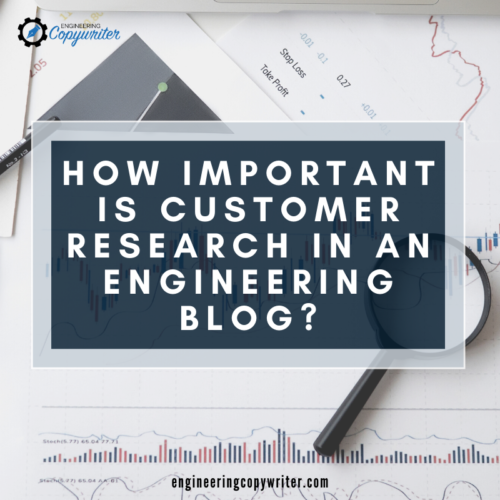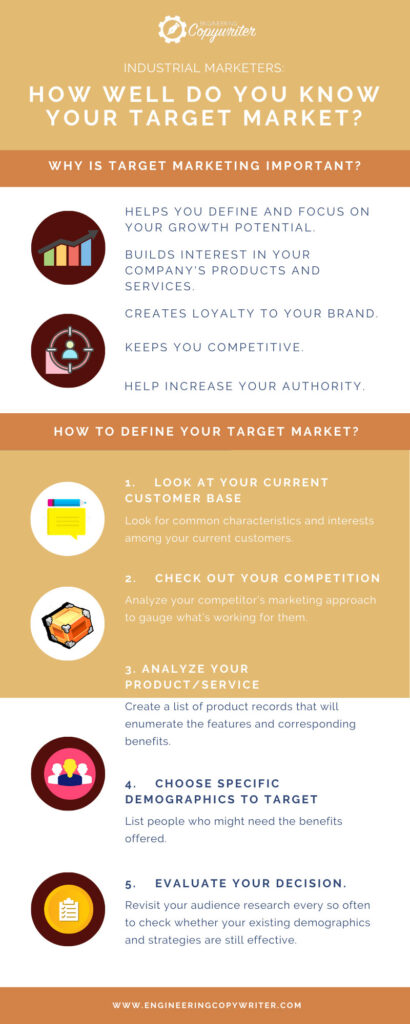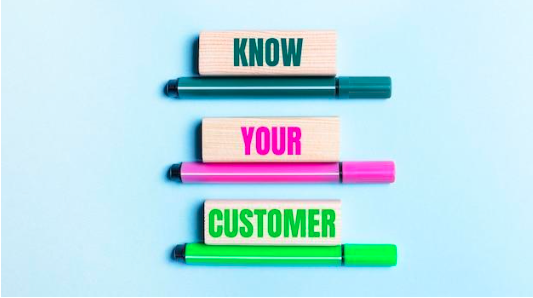To grow and scale your business, you need to know your customers well. Customer research helps you learn more about them. It’s a thorough process of identifying the target customer’s preferences, dispositions, motivations, and purchasing habits. This information can be gathered using a variety of customer research methods. Zero in on market segments and build buyer personas by identifying shared qualities among various customer groups. That data is then used to develop marketing strategies that are tailored to specific demographics or personas. Customer research is essential for developing your product and attracting customers that want to do business with you. Surveys, interviews, and other customer research strategies can all help your engineering firm continuously increase revenue.
Read on to learn the importance of customer research for your engineering blog.








